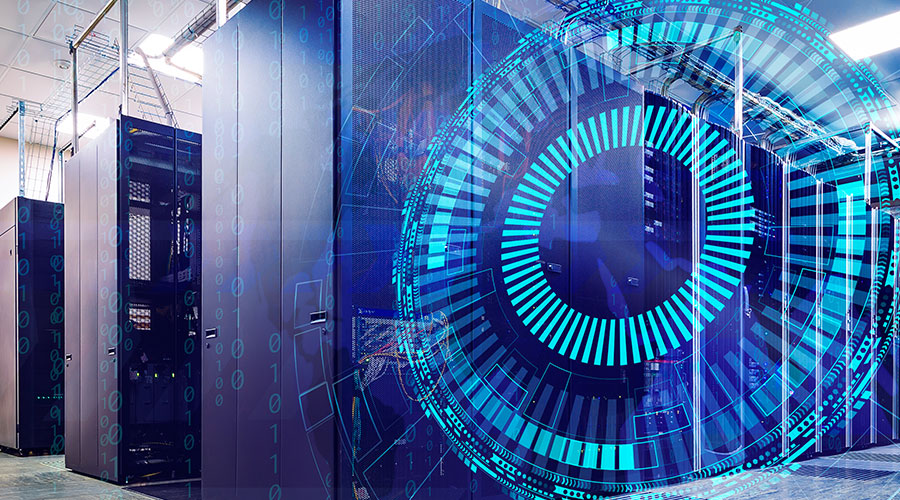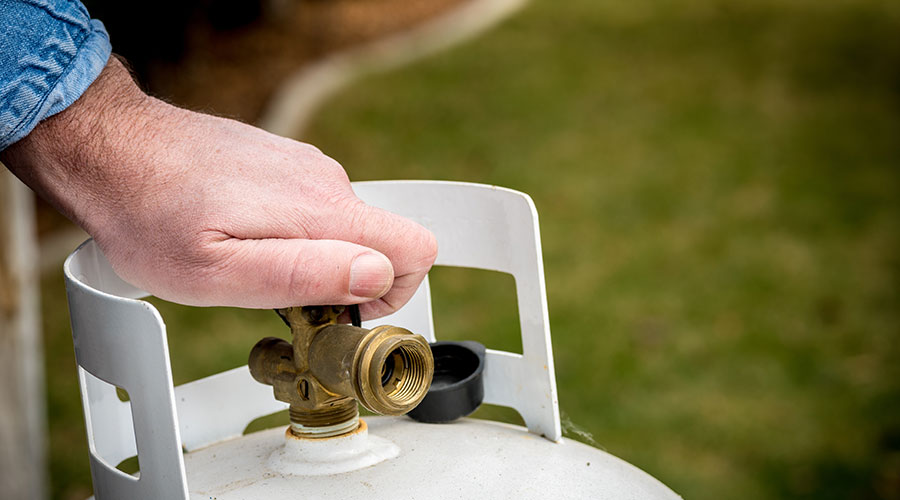
Turning Data Centers into Community Assets with Thermal Energy Networks
Thermal energy networks could change the game: Instead of being resource drains, data centers can become clean heat suppliers for entire neighborhoods. August 22, 2025
By Jeff Wardon, Jr., Assistant Editor
Data centers are exploding in numbers. The United States alone has over 5,000 of them and is still growing, according to Statista. While they are vital to digital infrastructure, data centers consume massive amounts of energy and water, placing a strain on local communities.
However, thermal energy networks (TENs) could flip the script. Instead of data centers being resource hogs, they can become clean heat suppliers for entire neighborhoods.
Benefits of TENs
“In some cases, data centers throw away enough heat to warm entire neighborhoods,” says Ashley Besic, associate manager of thermal energy networks at the Building Decarbonization Coalition (BDC).
That waste heat being thrown away can instead be captured by TENs and piped into surrounding buildings. Connected buildings can then replace furnaces and boilers with heat pumps, says Besic. This would help improve efficiency, reduce emissions and free up capacity on the grid.
TENs can also help communities save water as well. Colorado Mesa University’s TEN helped them save roughly 10 million gallons of water a year, according to a brief from the BDC. Its capacity is 2,728 tons of heating and 3,113 tons of cooling. Of all eight TENs reporting water savings in gallons in this brief, they collectively saved about 337 million gallons of water each year, equivalent to the average annual water use of 3,000 U.S. households.
That kind of impact shows how TENs can deliver measurable results for both campuses and communities.
TENs are also flexible, as they can use geothermal boreholes, rivers, lakes, wastewater or just waste heat. That flexibility makes them scalable in cities and locales where space is tight. Moreover, geothermal networks are a subset of TENs, says Besic.
“In all these systems, a geothermal heat pump moves that heat in and out of buildings, and then a thermal energy network connects those geothermal heat pumps in multiple buildings using a shared system of underground pipes,” says Besic.
Additionally, even if grids are not 100 percent clean, TENs deliver net benefits by reducing demand and eliminating gas furnaces. This then cuts energy bills and eases utility burdens in overburdened neighborhoods.
Putting TENs into action
Applying a TEN to a data center is not overly complex, either. A data center can add simple infrastructure such as valves and pipes to make future connections more straightforward and to ensure the facility is able to meet thermal readiness requirements.
Making data centers thermal-ready opens the door to real-world projects – and Dublin, Ireland, is a prime example.
Dublin paired a TEN with one of its data centers and the recovered data center heat eliminated 1,100 tons of CO2 in one year, all the while heating public buildings and affordable housing.
However, even with those benefits and examples, TENs face sizeable barriers, with the biggest one being that many stakeholders have a lack of familiarity with them.
“We are working with folks all over the country to understand the impact of data centers and to understand what solutions are available,” says Besic. “When it comes to TENs in general, it’s about educating the masses on what a TEN is and what its capabilities are. This spans from legislators to facility managers.”
Overall, the rapid multiplication of data centers is not going to slow down any time soon. Even with the hurdles ahead, TENs still offer a method for data centers to turn a community bane into a boon. For facilities managers, that means the message is clear: waste heat need not be wasted.
Jeff Wardon, Jr., is the assistant editor of the facilities market.
Next
Read next on FacilitiesNet












